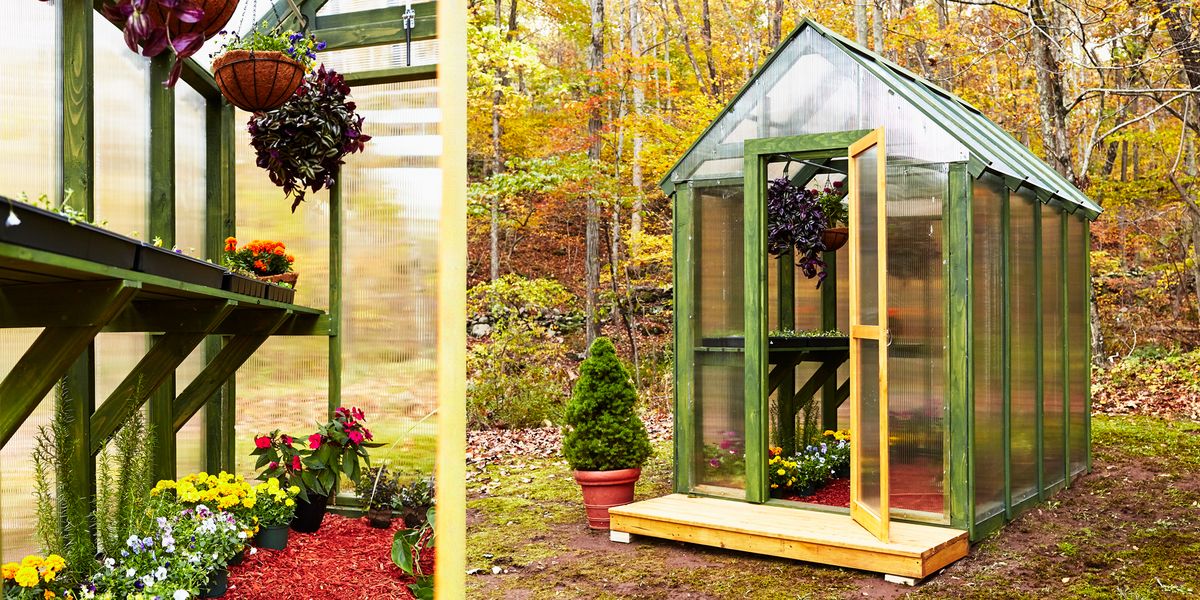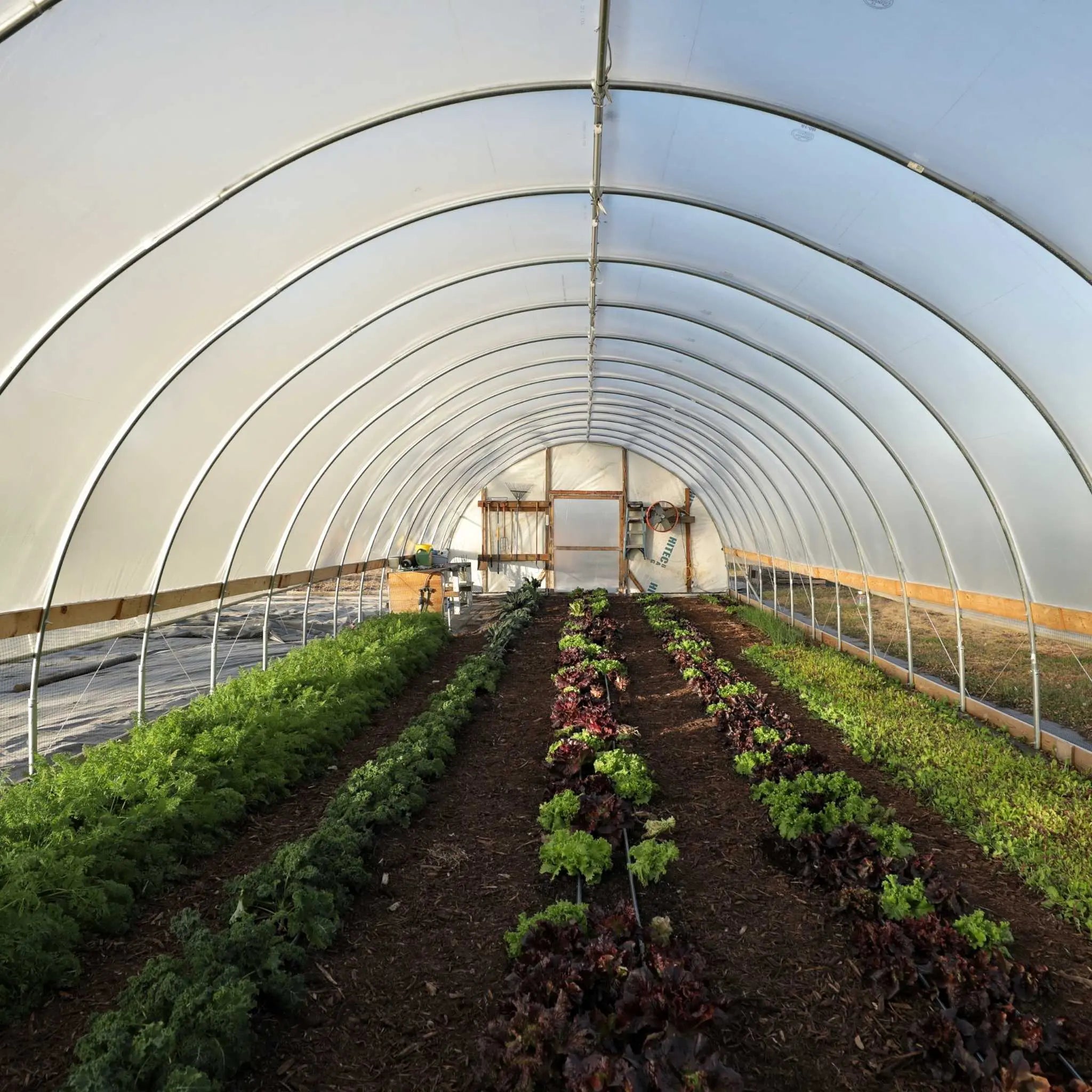Growing Excellence: Monarch Greenhouse Construction Utah Very Best
Wiki Article
The Future of Greenhouses: Advancements in Sustainable Farming
Are you curious about the future of greenhouses and just how they are transforming lasting agriculture? From sophisticated climate control systems to vertical farming strategies, water-efficient irrigation techniques, sustainable power combination, and wise data analytics, these improvements are changing the way we expand our food.Advanced Climate Control Systems
To accomplish optimal expanding conditions, you can count on the improvements in greenhouses with innovative climate control systems. These systems have actually revolutionized the way we grow crops, providing a controlled setting that is conducive to plant development. With these ingenious systems, you can now manipulate temperature level, humidity, light levels, and also carbon dioxide concentrations to develop the ideal problems for your plants to prosper.One of the vital features of these sophisticated environment control systems is their capability to manage temperature level. By utilizing sensors and automated controls, the greenhouse can readjust the temperature based on the certain demands of the plants. This ensures that they are never ever revealed to extreme heat or chilly, which can be detrimental to their development.
Humidity control is an additional crucial facet of these systems. By maintaining the suitable moisture levels, you can prevent issues such as mold, mold, and condition from impacting your crops. These systems can likewise regulate the amount of light that reaches the plants, ensuring that they get the optimal quantity for photosynthesis.
In addition, advanced environment control systems can also adjust CO2 focus. By increasing the degrees of CO2 in the greenhouse, you can improve plant development and productivity. This is specifically useful in areas with low natural carbon dioxide degrees.
Upright Farming Methods
One crucial vertical farming technique is making use of stacked growing systems. Stacked growing systems are generally utilized in metropolitan areas where area is limited.One preferred approach is understood as upright hydroponics, where plants are expanded in nutrient-rich water without dirt. This method is very effective as it reduces water usage by approximately 90% contrasted to typical farming approaches. Additionally, considering that the plants are grown indoors, they are safeguarded from illness and pests, reducing the need for pesticides.
One more technique is aeroponics, which entails suspending the plant origins in a mist or air environment. This method enables optimum nutrient absorption and oxygenation, causing faster growth and greater returns. Aeroponics also uses much less water than typical farming and can be carried out in upright systems, making it a preferred option for upright farming.
Water-efficient Watering Methods
When it comes to carrying out water-efficient irrigation methods in lasting farming,Making the most of water conservation is crucial. With worldwide water scarcity coming to be a pushing issue, it is vital to establish cutting-edge techniques that maximize water usage in greenhouse procedures.One encouraging approach is drip watering, which supplies water directly to the plant origins, decreasing waste and dissipation. By utilizing a network of tubes with small emitters, water is applied slowly and precisely, making certain that plants obtain the essential wetness without excess runoff.
An additional reliable strategy is the usage of dirt wetness sensors. These tools determine the dampness content in the soil and offer real-time data to farmers. By checking the soil's wetness levels, farmers can accurately determine when and exactly how much water to apply, protecting against over-irrigation.
Moreover, the execution of rainwater harvesting systems is gaining popularity in greenhouse farming. Gathering rainwater from rooftops and keeping it in tanks allows farmers to utilize this natural deposit for watering purposes, minimizing dependence on typical water resources.
Lastly, the adoption of automated irrigation systems can substantially boost water efficiency. These systems utilize sensing units to spot dirt moisture levels and climate condition, adjusting irrigation timetables accordingly. By optimizing water use based upon real plant demands, these systems can lower water waste and advertise sustainable farming techniques.
Renewable Energy Integration
Sustainable energy combination in greenhouses uses numerous benefits, including decreased operating costs and decreased reliance on non-renewable power sources. The generated power can after that be made use of to run different operations within the greenhouse, such as lights, heating, and ventilation systems. These wind turbines harness wind power and convert it into power, which can be utilized to supplement the energy needs of the greenhouse.Smart Information Analytics and Automation
To boost the performance of your greenhouse operations and optimize source utilization, take into consideration implementing wise data analytics and automation. Smart data analytics entails collecting and analyzing data from numerous sensors and tools within your greenhouse. By keeping an eye on aspects such as temperature level, humidity, light degrees, and soil dampness, you can gain valuable insights right into the wellness and development of your plants. This data can aid you make educated decisions concerning changing ecological problems, maximizing watering timetables, and protecting against prospective problems before they develop.
This can include automating the control of lights, air flow, watering systems, and nutrient distribution. By automating these procedures, you can guarantee that your plants obtain the ideal conditions and nutrients at the best time, without the demand for consistent hands-on intervention.
Furthermore, smart data analytics and automation can function with each other synergistically. The data collected by Monarch Greenhouse installation Utah sensing units can be utilized to inform automated systems, allowing them to make real-time changes based upon the current conditions. This assimilation of information analytics and automation can cause extra efficient and accurate source allotment, eventually resulting in greater yields and better plant quality.
Verdict
In final thought, the future of greenhouses in lasting farming looks encouraging. With advanced environment control systems, upright farming methods, water-efficient irrigation techniques, and renewable resource combination, greenhouses are ending up being much more effective and environmentally friendly. Furthermore, making use of smart data analytics and automation further enhances performance and lowers waste. These innovations are leading the way for an extra sustainable and efficient farming industry, making certain a greener and much healthier future for all.
By enhancing water usage based on actual plant needs, these systems can lower water waste and promote sustainable farming practices.

Report this wiki page